DNA damage theory of aging
Introduction
The DNA damage theory of aging is a prominent explanation in the field of biogerontology, that postulates that aging is primarily caused by the accumulation of damage to DNA molecules in cells. This theory is based on decades of research and numerous experimental observations, which have shown a correlation between DNA damage and aging.
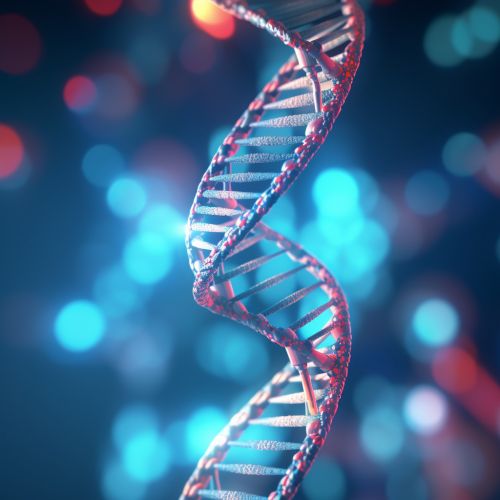
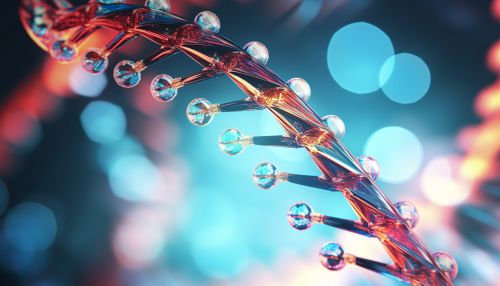
DNA Damage and Aging
DNA, or deoxyribonucleic acid, is the molecule that carries the genetic instructions for the development, functioning, growth, and reproduction of all known organisms. It is composed of two strands that wind around each other to form a double helix, with each strand made up of a long chain of nucleotides. The integrity of this DNA is crucial for the proper functioning of the organism. However, DNA is constantly exposed to various sources of damage, both from within the organism (endogenous) and from the environment (exogenous).
Endogenous sources of DNA damage include reactive oxygen species (ROS), which are byproducts of normal metabolic processes, and replication errors, which occur when DNA is copied during cell division. Exogenous sources include ultraviolet (UV) radiation, ionizing radiation, and certain chemicals.
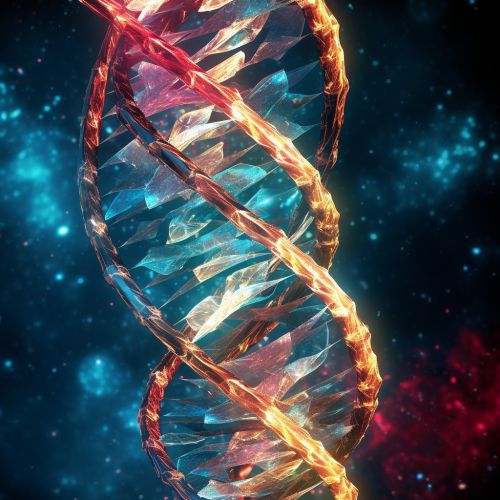
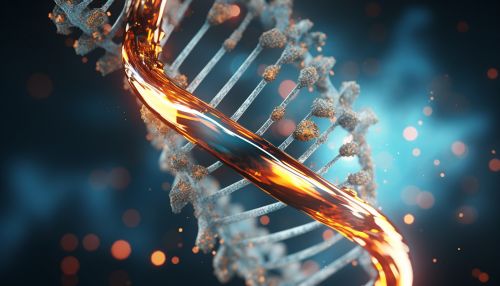
Over time, the accumulation of DNA damage can lead to functional decline in cells and tissues, which is a hallmark of aging. This is because DNA damage can result in mutations, which can alter the function of genes and disrupt normal cellular processes. In addition, DNA damage can also lead to cell death, which can contribute to tissue degeneration and aging.
Mechanisms of DNA Damage and Repair
Cells have evolved a variety of mechanisms to repair DNA damage and maintain the integrity of the genome. These include base excision repair (BER), nucleotide excision repair (NER), mismatch repair (MMR), and double-strand break repair (DSBR), among others. Each of these mechanisms is specialized to repair a specific type of DNA damage.
For example, BER is responsible for repairing small, non-helix-distorting base lesions, such as those caused by oxidation or alkylation. NER, on the other hand, repairs bulky, helix-distorting lesions, such as those caused by UV radiation or certain chemicals. MMR corrects errors that occur during DNA replication, while DSBR repairs double-strand breaks, which are the most serious type of DNA damage.
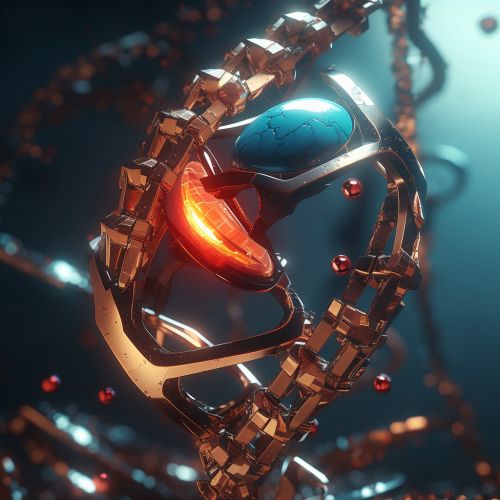
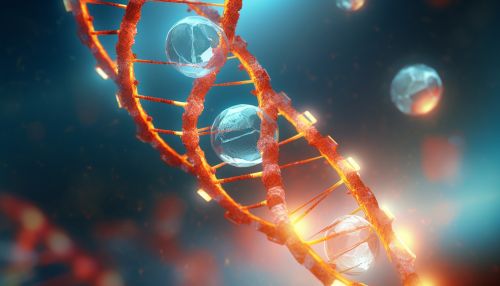
However, these repair mechanisms are not perfect and can themselves introduce errors or fail to repair the damage, leading to the accumulation of DNA damage over time. In addition, the efficiency of DNA repair mechanisms declines with age, further contributing to the accumulation of DNA damage.
DNA Damage and Disease
The accumulation of DNA damage is not only associated with aging, but also with a variety of age-related diseases, including cancer, neurodegenerative diseases, and cardiovascular diseases.
In the case of cancer, DNA damage can lead to mutations that disrupt the normal regulation of cell growth and division, leading to uncontrolled cell proliferation. In neurodegenerative diseases, such as Alzheimer's disease and Parkinson's disease, DNA damage can lead to neuronal death, which results in progressive loss of brain function. In cardiovascular diseases, DNA damage can contribute to the degeneration of blood vessels and the heart, leading to conditions such as atherosclerosis and heart failure.
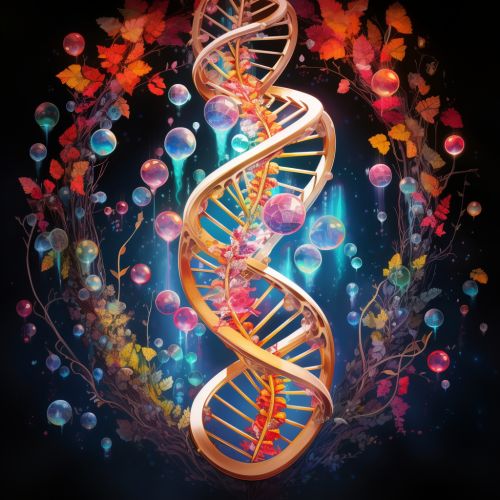
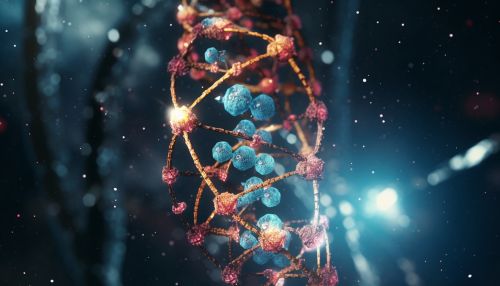
Future Directions
Despite the substantial evidence supporting the DNA damage theory of aging, many questions remain. For example, it is still unclear why some types of DNA damage are more detrimental than others, or why the efficiency of DNA repair declines with age. In addition, while it is clear that DNA damage contributes to aging and age-related diseases, it is still debated whether it is the primary cause of aging.
Future research in this field will likely focus on further elucidating the mechanisms of DNA damage and repair, as well as developing interventions to reduce DNA damage or enhance DNA repair. Such interventions could potentially slow down the aging process and extend healthy lifespan.


